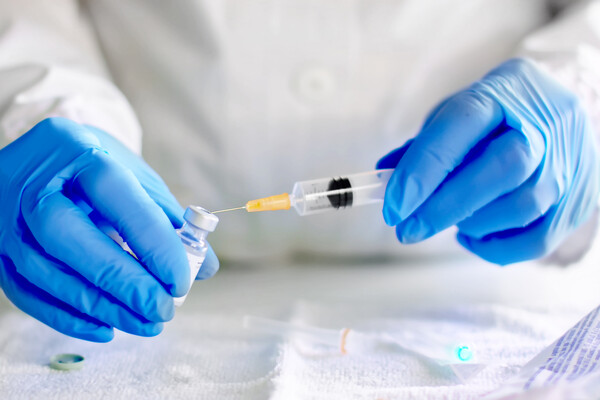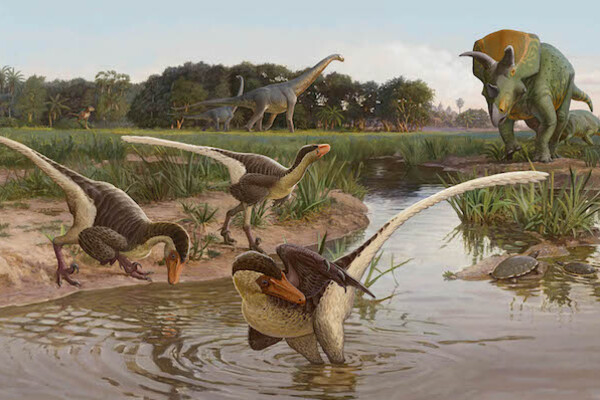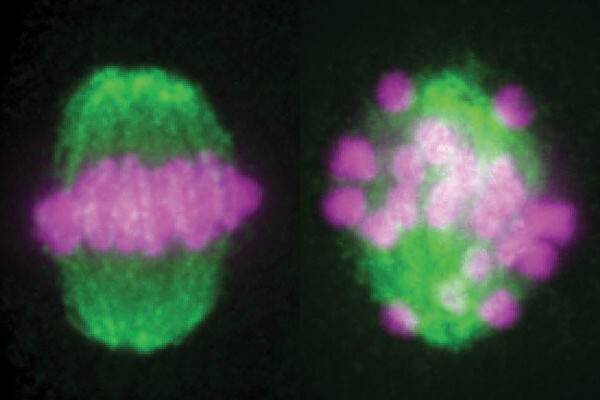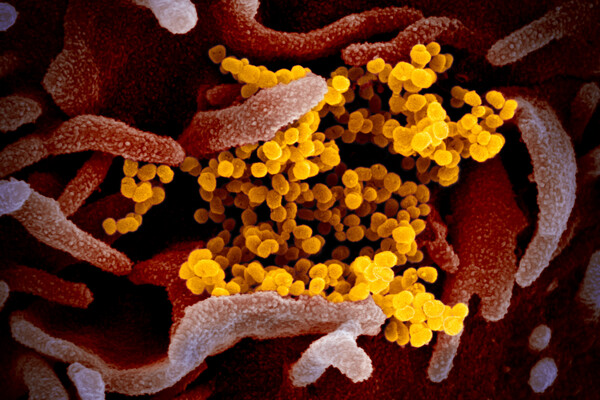
Spending time in nature has proven calming effects. Though not everyone can currently access campus green spaces like the scenic Kaskey Park, there are many other ways to safely interact with nature even while adhering to social distancing practices. (Image: Eric Sucar)
nocred








